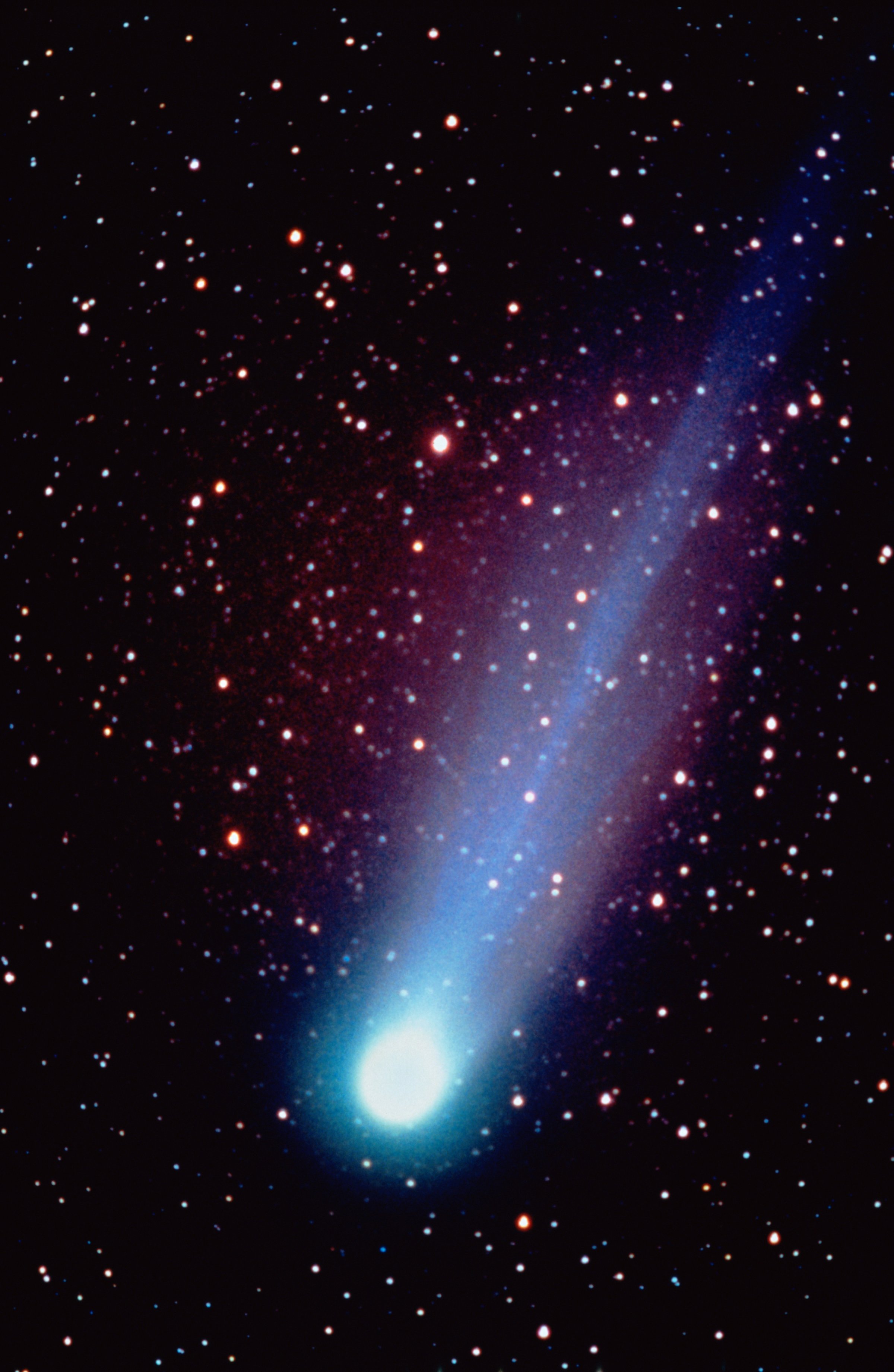
With some 2,000 planets now known to orbit stars beyond the Sun and thousands more in the can waiting for confirmation, the once-exotic term “exoplanet” is so commonplace it requires no definition for many people. The term “exocomet,” by contrast, is a bit more obscure. Astronomers have known for years that comets orbit other stars—in particular, the relatively nearby star β Pictoris, which lies about 63 light-years from Earth, in the constellation Pictor.
But a new paper in Nature is more than a little mindblowing nevertheless. A team of astronomers is reporting the detection of nearly 500 individual comets that passed in front of β Pictoris between 2003 and 2011. And that’s not even remotely a complete sample. “We had only a couple of nights of observing time per year,” says lead author Flavien Kiefer, now at the University of Tel Aviv. “If we’d been looking constantly, we would have seen many thousands.”
There are a lot of reasons all of this seems slightly crazy. To start with, there’s the notion that you can see something as relatively tiny as a comet from nearly 300 trillion miles away. And in fact, you can’t. But when comets approach the heat of a star, some of their substance boils off to form an enormous cloud of gas and dust, and sometimes a tail as well. And when that cloud moves in front of the star, it distorts the starlight in ways you can see with sufficiently powerful instruments.
In this case, the scientists used the High-Accuracy Radial-Velocity Planet Searcher (HARPS), located at the European Southern Observatory, in Chile. As the name implies, it was designed to find planets—and it has. HARPS does so by looking for subtle changes in starlight created as the star wobbles in response to an orbiting planet’s gravitational tug. The distortions caused by an intervening comet are different, but HARPS can find those too.
The technique isn’t easy, says Aki Roberge, an astronomer with NASA’s Goddard Spaceflight Center, in Maryland who has studied β Pictoris as well, and who wrote a commentary in Nature on the new results, but it clearly works. “We always knew this would be a powerful technique,” she says, “They’ve done a really amazing job.”
The sheer number of comets also seems unlikely at first, until you realize that β Pictoris is extremely young—about 22 million years old compared with the Sun’s 4.6 billion. If we could see our own Solar System at that age, it wouldn’t look all that much different: a thick disk of gas and dust surrounding the central star, with planets just assembling themselves out of chunks of rock and ice. In fact, β Pictoris has at least one young planet already, but there’s still an awful lot of debris flying around.
And that’s what makes this discovery so important, not just as a technical tour de force, but also scientifically. “We can now begin to study a newly forming solar system in detail,” says Kiefer, “and perhaps get an understanding of how our own Solar System was born.”
It probably won’t be the last chance to do so, either. Roberge has her eye on a star called 49 Ceti, which she says is very similar to β Pic in many ways. Kiefer, meanwhile, is conducting preliminary surveys of no fewer than 30 promising stars. With powerful instruments like HARPS on the case, the word “exocomet” could become a lot more familiar before long.
More Must-Reads from TIME
- Cybersecurity Experts Are Sounding the Alarm on DOGE
- Meet the 2025 Women of the Year
- The Harsh Truth About Disability Inclusion
- Why Do More Young Adults Have Cancer?
- Colman Domingo Leads With Radical Love
- How to Get Better at Doing Things Alone
- Michelle Zauner Stares Down the Darkness
Contact us at letters@time.com